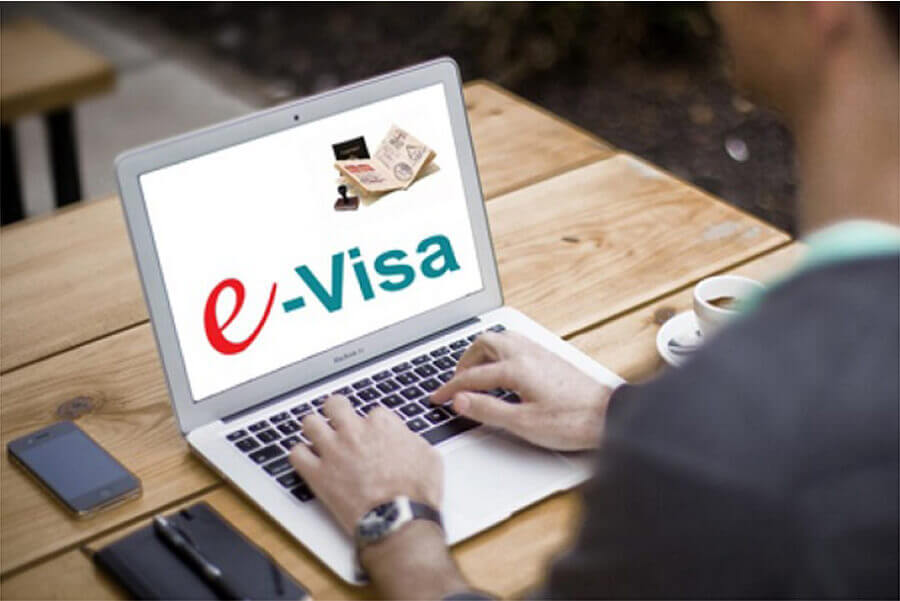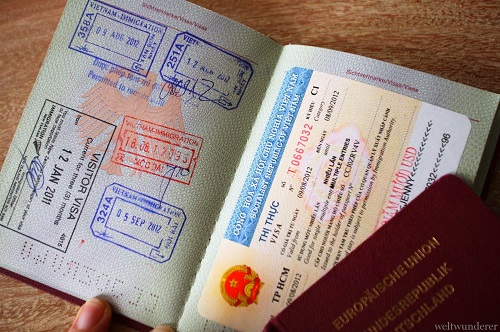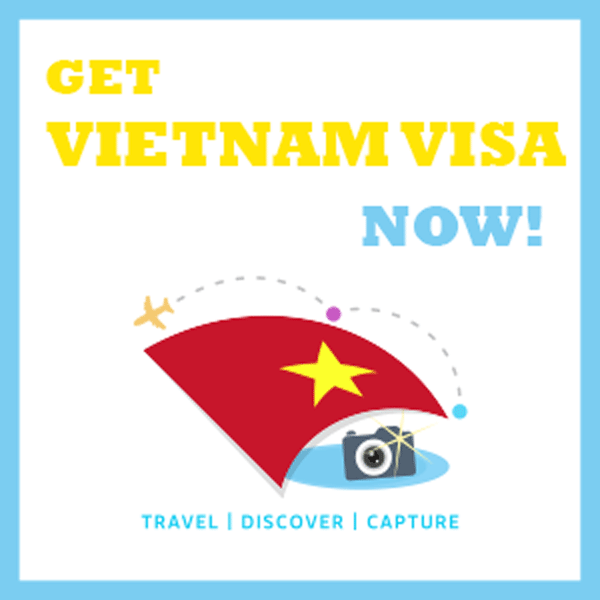Vietnam, a captivating Southeast Asian nation, beckons travelers with its rich history, stunning landscapes, and vibrant culture. To embark on this enchanting journey, obtaining the necessary visa is an essential step. This comprehensive guide delves into the intricacies of the Vietnam visa process, equipping you with the knowledge and strategies to navigate this procedure effortlessly.
Table of Contents
Visa Options for Vietnam: Navigating the Entry Permit Process
Vietnam offers a diverse range of visa options tailored to the specific needs and purposes of travelers. Whether you’re seeking a short-term tourist visa or an extended stay for business or study, there’s a suitable visa category awaiting your application. Let’s take a closer look at the different options available for obtaining a visa for Vietnam.

Exploring Vietnam and Cambodia: Securing Visas for a Seamless Journey
If you’re planning to visit both Vietnam and Cambodia during your trip, it’s important to note that you will need separate visas for each country. However, there are options available for obtaining a joint visa for both countries, making your journey smoother and more convenient.
One such option is the Vietnam-Cambodia Joint Tourist Visa, which allows travelers to enter both countries multiple times within a specified period. This visa can be obtained through the Vietnamese Embassy in your home country or upon arrival at designated ports of entry in Vietnam and Cambodia.
Another option is the ASEAN Common Visa, which allows citizens of certain ASEAN member states to enter Vietnam and Cambodia without the need for separate visas. This visa is valid for 30 days and can also be obtained upon arrival at designated ports of entry.
E-Visa Convenience: Applying for a Vietnam Visa Electronically
The E-Visa, an electronically issued visa, offers a convenient and streamlined application process for eligible nationalities. This option is available for citizens of 80 countries, including the United States, Canada, and Australia.
To apply for an E-Visa, you will need to fill out an online application form and submit it along with a digital photo and a scanned copy of your passport. The processing time for an E-Visa is approximately three working days, and once approved, the visa will be sent to your email address.
It’s important to note that the E-Visa is only valid for single entry and for a maximum stay of 30 days. If you plan on staying longer or making multiple entries into Vietnam, you will need to apply for a different type of visa.
Visa on Arrival: Obtaining a Vietnam Visa at the Airport
For travelers seeking a quick and hassle-free visa solution, the Visa on Arrival (VOA) is a viable option. This visa can be obtained upon arrival at designated Vietnamese airports, including Hanoi, Ho Chi Minh City, and Da Nang.
To obtain a VOA, you will need to apply for a pre-approval letter through a travel agency or a visa agent. Once you receive the pre-approval letter, you can present it at the VOA counter at the airport, along with your passport, photos, and visa stamping fee.
It’s important to note that the VOA is only available for citizens of certain countries, including the United States, Canada, and Australia. Additionally, this visa is only valid for single entry and for a maximum stay of 30 days.

Visa Requirements for Different Nationalities: Understanding Eligibility Criteria
The visa requirements for Vietnam vary depending on your nationality. Here’s a breakdown of the eligibility criteria for some of the most common nationalities:
| Nationality | Visa Exemption | E-Visa | Visa on Arrival |
|---|---|---|---|
| United States | No | Yes | Yes |
| Canada | No | Yes | Yes |
| Australia | No | Yes | Yes |
| United Kingdom | No | Yes | Yes |
| France | No | Yes | Yes |
| Germany | No | Yes | Yes |
| Japan | Yes | Yes | Yes |
| South Korea | Yes | Yes | Yes |
| India | No | No | Yes |
It’s important to note that the visa exemption only applies for short-term stays and does not allow for multiple entries. For longer stays or multiple entries, you will need to apply for a different type of visa.
Conclusion
Obtaining a visa for Vietnam may seem like a daunting task, but with the right knowledge and strategies, it can be a smooth and hassle-free process. Whether you choose to apply for an E-Visa, VOA, or through the Vietnamese Embassy, make sure to carefully review the requirements and eligibility criteria for your specific nationality.
Additionally, it’s always recommended to apply for your visa well in advance of your trip to avoid any last-minute complications. With this comprehensive guide, you’re now equipped with all the necessary information to successfully navigate the Vietnam visa process and embark on your journey to this beautiful country.






